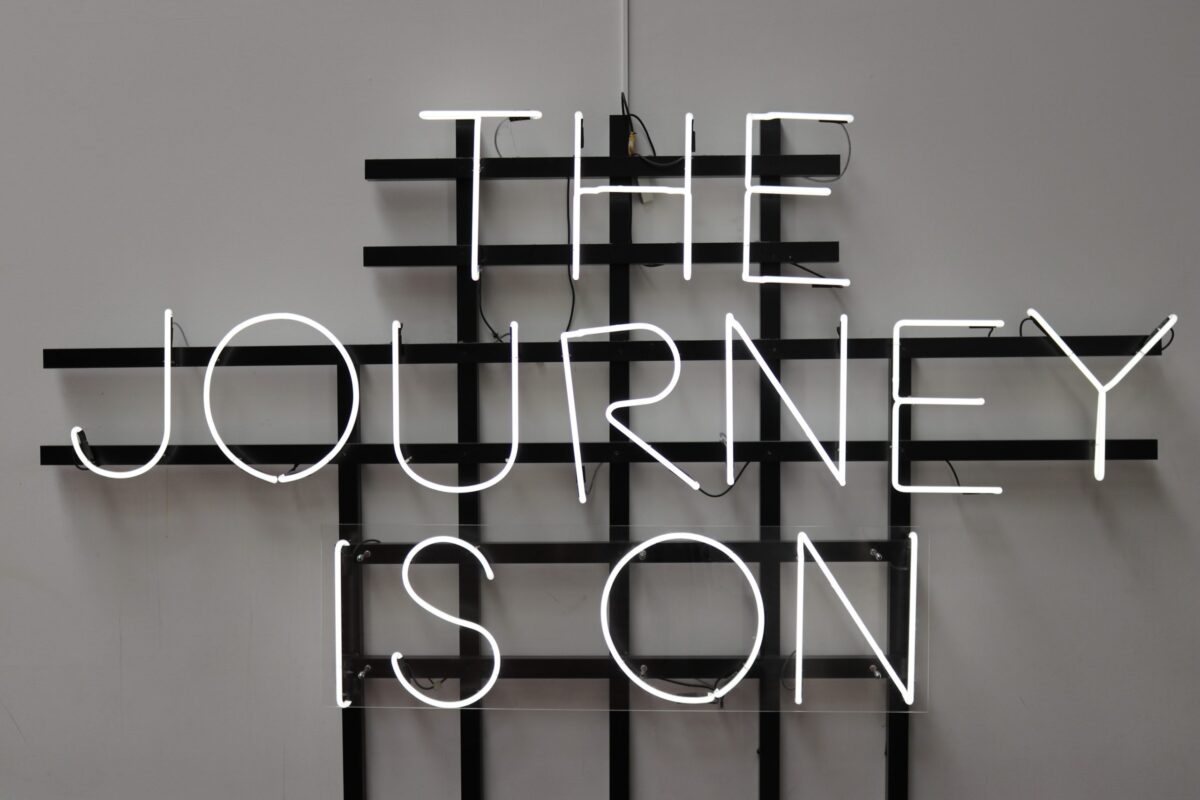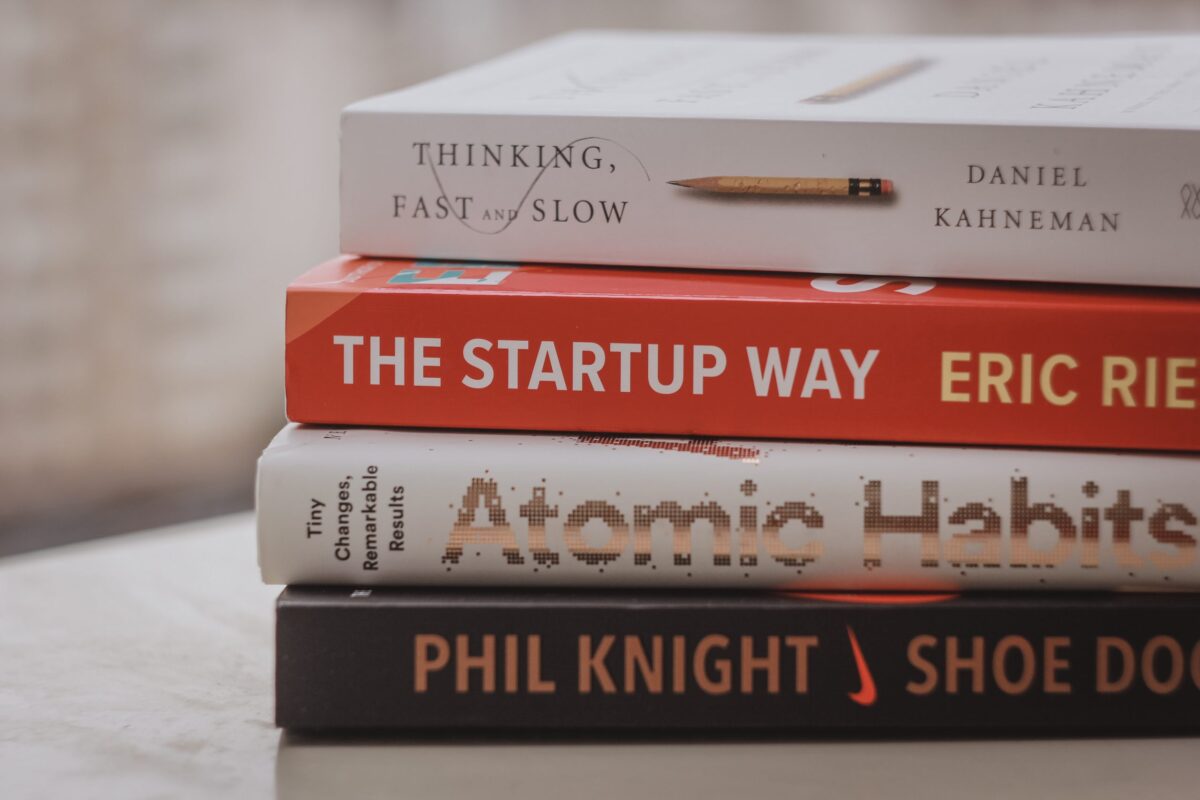
Today’s blog is all about understanding the art of sales management, and understanding how to manage even that proportion of yourself or that proportion of other people that can help you get better sales results for you and your business.
We first need to understand a little bit about the makeup of a sales person. In my experience in all the sales people that I’ve worked with, I found that sales people are hugely competitive people, often highly strung, perhaps even egotistical, and certainly outspoken and just south of arrogant. Sales people are notoriously difficult to manage. If you try and control them too much, they will revolt. Give them too much time, too much freedom, and they’ll exploit you, become lazy and take advantage of your situation. So mastering this art form really is a massive challenge, which is regularly overlooked.
Many businesses go out and recruit experienced sales people, based on their previous track record, and think they have people ready-made for success. Management and leadership of these people is a daily, weekly, sometimes even an hourly task to get the best out of the sales people in your organization. We need to understand what we can do with these people to get them performing and continuing to perform at their best.
Below are 5 key areas to the art of sales management:
1. YOU NEVER GET THE SECOND CHANCE TO MAKE YOUR FIRST IMPRESSION
It may be that you’ve got to set the rules at day one. You could tell people exactly what you expect of them at the very beginning of taking somebody into a sales role. You need to cover everything from company culture to dress code, personal grooming, time keeping and everywhere in between, because if you want to hold them accountable, they need to know the rules. We must also share with them the consequences of underperformance. They still need to know what happens if they don’t achieve what they say they’re going to be able to achieve.
2. SALES PEOPLE ARE CREATURES OF HABIT
You need to show them what success looks like. They’ll need to see it for themselves for them to be able to follow it, replicate it, and maybe surpass it. People do two things in business – what they enjoy doing or what they get checked on. My advice for sales people is make as much of the job fun as you possibly can. Celebrate the successes, whoop and holler at the good times and let them want to enjoy more of that. A regular meeting is important, but consider the timing of the meeting and the location of the meeting–are they congruent with the outcome that you’re looking for?
Also consider they generally don’t take well to change. If your existing routine is not working and you’re going to change something, be very conscious of the fact they’re going to resent it. So, it requires a strong leadership to change it, and if you know the change you’re looking to make is going to make a long-term improvement, they’ll make an instant decision and stick to it. Your sales team is selling all the time. Sometimes to your customers and your potential customers and sometimes selling to you! Maybe it’s the reason they can’t do something or why an idea will or won’t work. So stick to your guns. Be strategic. Know what it is you’re doing and lay down the path for them to follow. They’ll soon come around to your way of thinking, providing it delivers the results.
3. PLAY TO THEIR EGO
Give them a fine reputation to live up to. Great sales people are competitive, and although they’re often employed by your business, the most demanding boss in the world typically manages them –-him/herself.
Remember, however, that although your sales staff may seem thick skinned, they’re often emotional people, so it’s essential that any praise that you give is loud, is lavish, and it’s in public. Any genuine criticism, when you’re looking to be constructive towards how they can improve, is done behind closed doors. You must protect their ego. Their ego is remarkably valuable to you, and a sales person lacking confidence and lacking self-belief will always underperform.
4. MEASURE AND MONITOR THEIR PERFORMANCE
What we’re looking to do is to manage the results and measure their activity. Whether this is you managing others or yourself, set your stall out in terms of the activity levels you’re going to be following, not just the results that you want, then work back from those results. You might be measuring the number of calls you make in order to win appointments or the number of face-to-face appointments and the results that they bring. By chunking it down to the activity, you can find out which part of the machine is broken.
The thing with measuring activity is activity doesn’t lie, yet the results themselves can be influenced from so many different variables. So, record the results of your efforts. Make sure that you’re keeping statistics on the activity levels and patterns that will occur. Ratios will start to appear and you can understand exactly what it takes to get the results that you’re looking for, as well as understand the scenarios where the ratios don’t fit the pattern. This allows you to reward effort, not just results, and allows you to manage complacency where people might be getting great results but only put in minimal levels of effort. Because of the fact they’re above average and better skilled than maybe somebody else in your team, you know that they can achieve a great deal more for you. Identifying those development opportunities allows you to find out which parts need to be improved in your sales team and how you can then provide them the skills to grow in that specific area.
5. HAVE HUGE RESPECT FROM YOUR SALES TEAM
One of the only ways to get respect from people is to earn it. Far too many business owners and business leaders expect respect. In my experience, I found myself in sales roles running large teams of people, all of which were far more experienced in their roles then me. One particular example I remember was at 20 years of age, running a sales team where the youngest person in the team was nearly 15 years older than me. They’d all been doing the job for 5 years or more, so the chances of me being able to have any impact on them initially was slim to none. They’d also already decided there was nothing they can learn from me. In cases such as this, you must be able to adopt a principle that I call, let me show you. This means having the ability to roll your sleeves up and not just tell somebody what to do but be prepared to show them how they’re going to get a result.
This means you go out on appointments with them and demonstrate exactly what success looks like. Pick up the phone and show them how to win appointments for themselves and show them what success looks like. Turn around a customer that previously had said no to you and bring them back into a yes environment, showing them what can be done. And the more that you show people what they’re capable of, the more it will empower them to do the same and the more it will allow you to demand more of sales team.
So I hope this will give you some good ideas of how to get more out of the people that you’re working with right now. You now have some understanding on the art of sales management and what you could be doing to get the maximum amount of effort, the maximum amount of energy and then more importantly, the maximum results out of the people that are selling in your business.























